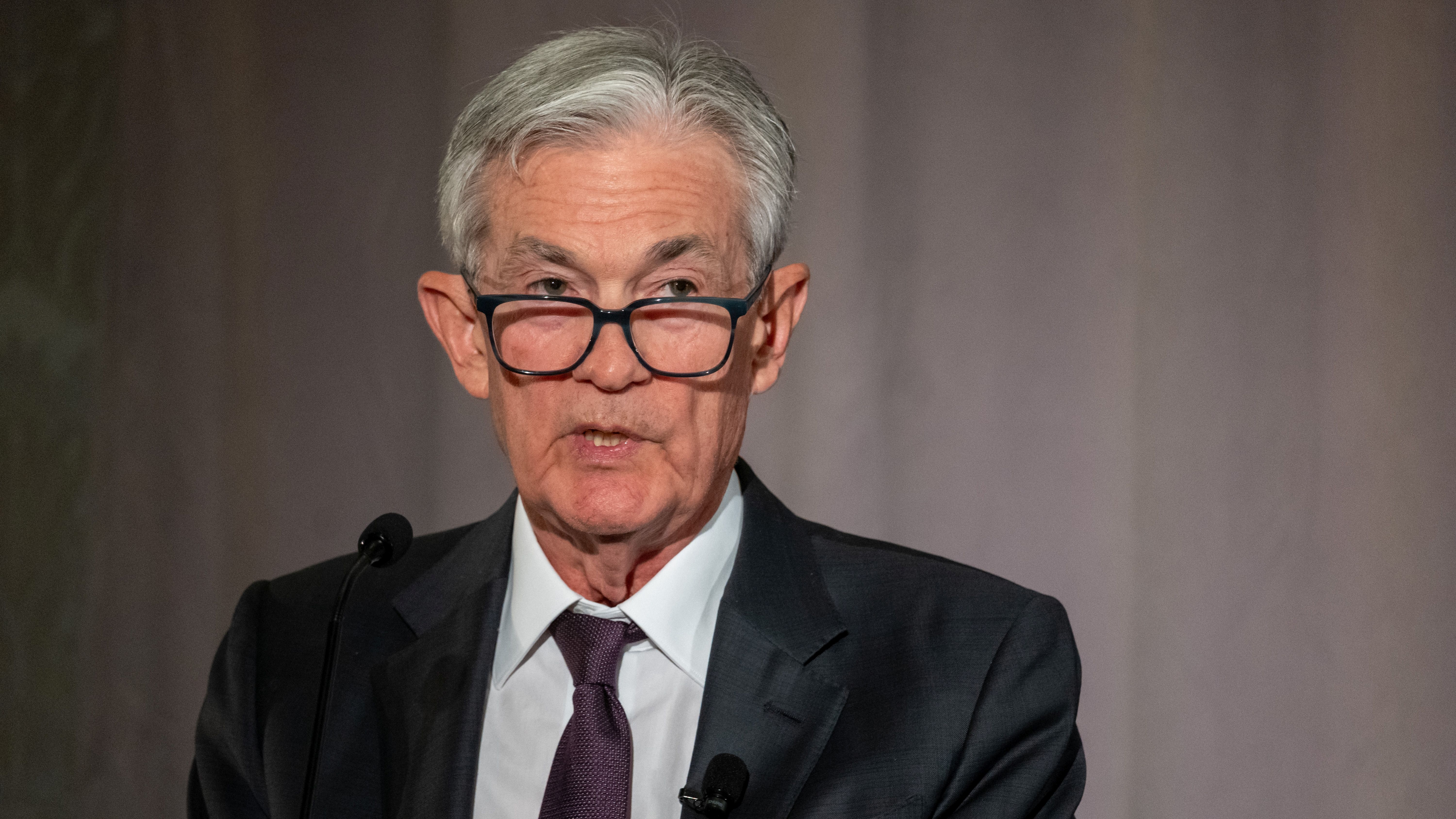Inflation Trends: Monthly Reports Indicate a Potential Decline Amid Trade Policy Uncertainties

WASHINGTON (AP) Recent analyses suggest that inflation may have experienced a decline last month, primarily attributed to falling costs associated with energy, used vehicles, and hotel accommodations. However, looming tariffs imposed by President Donald Trump could potentially lead to price increases in the near future.
According to economists' projections compiled by FactSet, the Labor Department is expected to announce that consumer prices likely rose by 2.6% in March compared to a year prior. This figure would indicate a decrease from the 2.8% annual gain reported in February. When excluding the more volatile categories of food and energy, prices are anticipated to have increased by 3%, down from 3.1% in the previous month.
If these projected figures hold true, it would suggest a positive trend indicating that inflation is beginning to cool down after lingering at elevated levels throughout the fall and winter months. Core inflation had been stagnant at 3.3% for five consecutive months before finally showing a decline in February.
Despite this apparent easing, it is important to note that inflation rates still exceed the Federal Reserve's target of 2%. On a monthly basis, core prices are forecasted to rise by 0.3% in March. Should this pace of increase prove sustainable, it would easily surpass the Federal Reserve's established target. Overall, consumer prices are expected to see a modest increase of just 0.1% in March, although economists closely monitor core figures as they generally provide a more accurate indication of future inflation trends.
In recent discussions, most economists had anticipated that inflation would rise this year as a direct consequence of the extensive tariffs imposed on 60 nations, a move that President Trump announced last week. However, in a surprising turnaround, he decided to pause these tariffs for a period of 90 days. Despite this pause, a universal tariff of 10% remains in effect, alongside 25% duties on steel, aluminum, automobiles, and numerous goods imported from Canada and Mexico.
Moreover, tariffs on imports from China have been significantly escalated to 125%, a response to China's retaliatory measures against Trump's initial imposition of substantial duties on Chinese exports. Even with the temporary suspension of new tariffs, many companies remain in a state of uncertainty regarding the future trajectory of trade policies. Additionally, Trump has indicated that new duties on imported pharmaceuticals are forthcoming.
As a result of the existing tariffs, consumers can expect to see price increases on numerous goods, particularly those heavily impacted by the extensive tariffs on Chinese imports. The United States imports over $60 billion worth of mobile devices like iPhones each year from China, in addition to significant quantities of clothing, footwear, and toys.
With the ongoing trade tensions, many American companies are anticipated to shift their production operations out of China. This transition had already begun during Trump's first term when he implemented duties on some of China's exports. Nevertheless, it is crucial to note that China continues to be the United States third-largest trading partner.
Transitioning supply chains away from China is not an immediate process and is expected to incur additional costs, which may result in higher prices for U.S. consumers in the coming months.
Recently, Federal Reserve Chair Jerome Powell indicated that the central bank is likely to maintain its key interest rate at approximately 4.3% as it assesses the impacts of Trumps trade policies on the economy. In a statement made on Friday, Trump advocated for the Federal Reserve to consider cutting interest rates.
"Theres a lot of waiting and seeing going on, including by us," Powell remarked. "And that just seems like the right thing to do in this period of uncertainty."






















